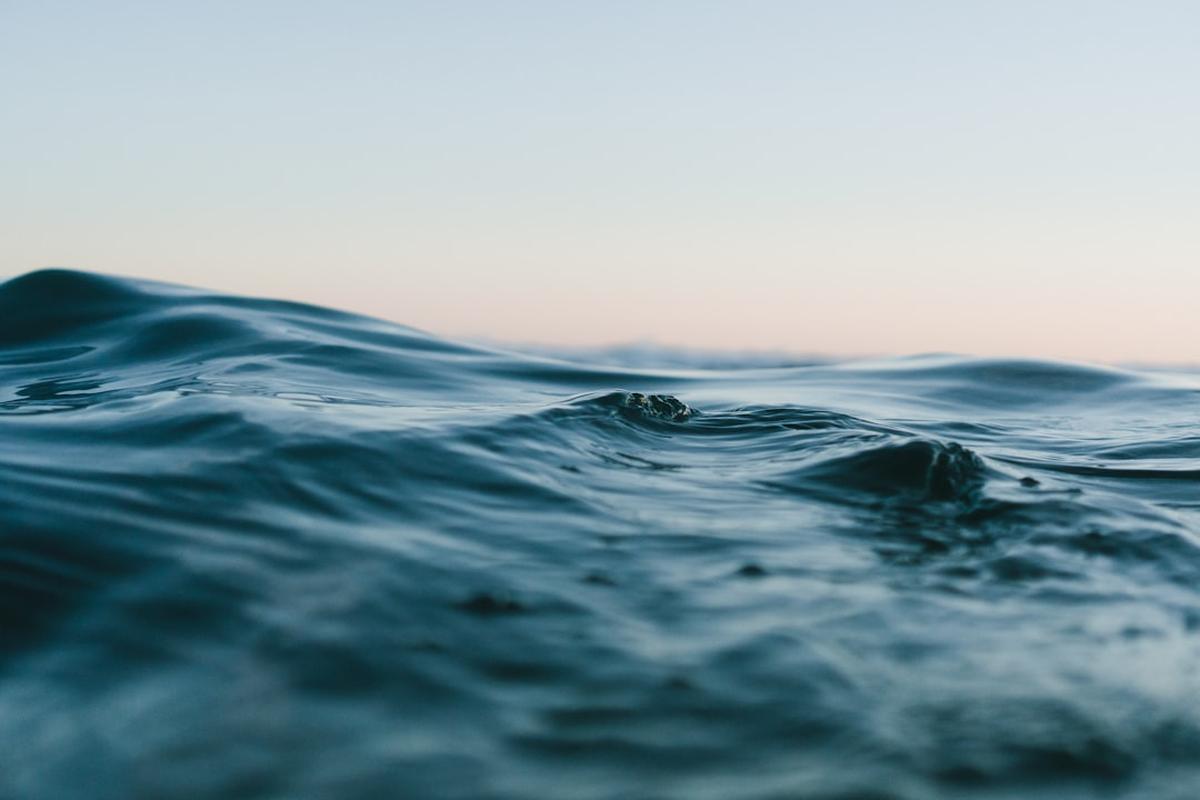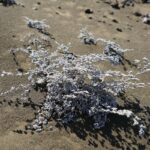Brief Overview of the Galapagos Islands
The Galapagos Islands, a volcanic archipelago in the Pacific Ocean, are renowned for their unique wildlife and natural beauty. They are part of Ecuador and located about 1,000 kilometers off its coast. The islands are famed for their vast number of endemic species, which were studied by Charles Darwin during his voyage on the Beagle, leading to his theory of evolution.
Importance of Water Safety While Traveling
While traveling, it’s crucial to ensure the safety of the water you consume. Unsafe water can lead to various health issues, including gastrointestinal diseases, cholera, and typhoid. Hence, understanding the water situation in your travel destination is essential to maintain good health during your trip.
The Question: Can You Drink Galapagos Water?
The Tap Water Situation on the Galapagos Islands
In the Galapagos Islands, tap water is not generally considered safe to drink. The islands’ water supply primarily comes from limited freshwater sources and desalination plants. Despite treatment processes, the water quality often falls short of international standards due to the islands’ remote location and limited resources.
The Risks Associated with Drinking Tap Water in Galapagos
Drinking tap water in the Galapagos Islands can pose health risks, including traveler’s diarrhea and other waterborne diseases. The water may contain bacteria, viruses, or parasites that can cause illness, particularly for those with weakened immune systems.
The Safe Alternatives: Bottled Water and Other Options
Availability of Bottled Water on the Galapagos Islands
Bottled water is widely available in the Galapagos Islands. It’s sold in most stores, restaurants, and hotels, making it a convenient and safe choice for hydration.
Quality and Safety of Bottled Water in Galapagos
Bottled water in the Galapagos Islands is generally safe to drink as it undergoes purification processes before bottling. However, it’s advisable to check the seal before consuming to ensure it hasn’t been tampered with.
Environmental Impact of Bottled Water Consumption
While bottled water is a safe option, it’s worth noting the environmental impact. The Galapagos Islands are a fragile ecosystem, and the disposal of plastic bottles can contribute to pollution. Therefore, consider alternatives like water purification tablets or reusable bottles with built-in filters.
The Hidden Dangers: Ice Cubes and Salads
Why Ice Cubes can be Risky
Ice cubes can pose a risk as they are often made from tap water. Even if the drink is safe, the ice can introduce contaminants. It’s best to request drinks without ice or ensure the ice is made from purified water.
The Issue with Salads and Other Foods Washed in Tap Water
Salads and other foods washed in tap water can also pose a risk. If the water used to wash these foods is contaminated, it can lead to illness. It’s advisable to eat cooked foods or ensure raw foods have been washed in safe water.
Tips for Staying Hydrated Safely on the Galapagos Islands
Drinking Water Best Practices for Travelers
Travelers should stick to bottled or treated water, avoid ice in drinks, and be cautious with raw foods. Additionally, brushing teeth with bottled water can prevent accidental consumption of tap water.
Hydration Alternatives to Tap Water
Besides bottled water, hydration sachets and electrolyte solutions can be used to stay hydrated. They are lightweight, easy to carry, and can be mixed with treated water.
Understanding the Local Water Treatment Process
Water Supply and Treatment in Galapagos
The Galapagos Islands’ water supply comes from rainwater, underground sources, and desalination plants. The water undergoes treatment processes, but due to limited resources and infrastructure, it may not meet international standards.
Challenges in Ensuring Safe Drinking Water
Ensuring safe drinking water in the Galapagos Islands is challenging due to its remote location, limited freshwater sources, and growing population and tourism industry. These factors strain the islands’ water resources and treatment capabilities.
The Role of Government and Health Organizations
Government Regulations on Water Safety
The Ecuadorian government regulates water safety in the Galapagos Islands. They have implemented measures to improve water quality, such as upgrading treatment facilities and promoting responsible water use.
Health Organization Recommendations for Travelers
Health organizations recommend travelers to the Galapagos Islands to drink bottled or treated water and avoid potential risks like ice cubes and raw foods washed in tap water.
Case Studies: Health Issues Related to Drinking Galapagos Water
Documented Cases of Water-Related Illnesses
There have been cases of travelers experiencing gastrointestinal issues after consuming tap water in the Galapagos Islands. These cases highlight the importance of drinking safe water.
Lessons Learned from These Cases
These cases serve as a reminder to prioritize water safety when traveling. They underline the importance of sticking to bottled or treated water and being cautious with food and ice.
Future Prospects: Improving Water Safety on the Galapagos Islands
Current Efforts to Improve Water Quality
Current efforts to improve water quality in the Galapagos Islands include upgrading water treatment facilities and promoting responsible water use. The government is also exploring sustainable solutions like rainwater harvesting and solar-powered desalination.
Potential Solutions for the Future
Future solutions could include advanced water treatment technologies and increased investment in infrastructure. Additionally, educating locals and tourists about water conservation can help protect the islands’ limited water resources.
In conclusion
Recap of the Risks and Safe Practices
While the Galapagos Islands offer an unparalleled travel experience, it’s essential to be mindful of water safety. Drinking tap water can pose health risks, so stick to bottled or treated water, avoid ice in drinks, and be cautious with raw foods.
Final Thoughts on Drinking Water in Galapagos
Ensuring water safety is a crucial part of responsible travel. By making informed choices about water consumption, travelers can protect their health and contribute to the sustainability of the beautiful Galapagos Islands.
Frequently Asked Questions
Is it safe to drink tap water in the Galapagos Islands?
No, tap water in the Galapagos Islands is generally not considered safe to drink due to potential contaminants.
What are the risks of drinking tap water in the Galapagos Islands?
Drinking tap water can lead to health issues like traveler’s diarrhea and other waterborne diseases.
What are safe alternatives to tap water in the Galapagos Islands?
Bottled water is a safe alternative. Other options include using water purification tablets or reusable bottles with built-in filters.
Why should I avoid ice cubes and salads in the Galapagos Islands?
Ice cubes and salads can pose a risk as they may be made or washed with tap water, which can be contaminated.
What is being done to improve water safety in the Galapagos Islands?
Measures include upgrading water treatment facilities, promoting responsible water use, and exploring sustainable solutions like rainwater harvesting and solar-powered desalination.
What can I do to stay hydrated safely in the Galapagos Islands?
Stick to bottled or treated water, avoid ice in drinks, and be cautious with raw foods. You can also use hydration sachets and electrolyte solutions.
References:
- World Health Organization. (2017). Safe drinking-water from desalination. WHO.
- Ecuador Travel Advisory. (2021). U.S. Department of State.
- Galapagos Conservancy. (2020). Water & Energy.
- Centers for Disease Control and Prevention. (2018). Travelers’ Health: Ecuador. CDC.








